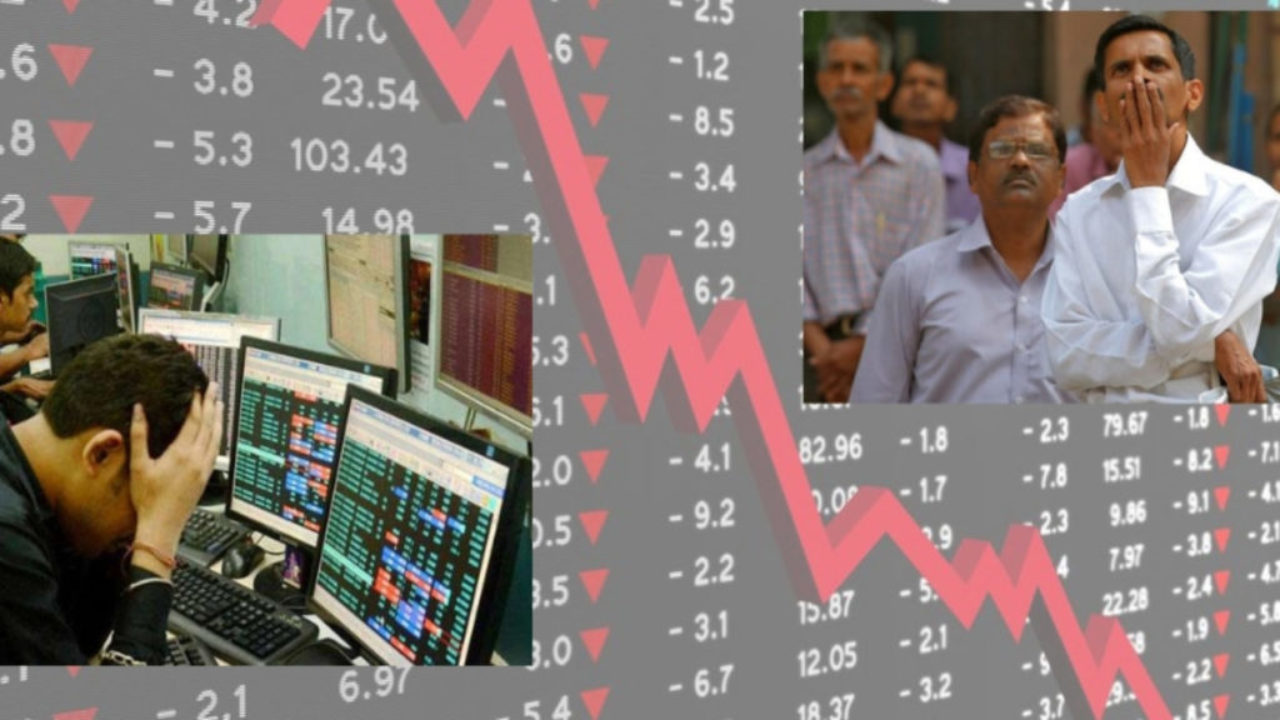In a major swing, foreign portfolio investors (FPIs) pulled out a massive Rs 85,790 crore ($10.2 billion) from Indian equities in October. The outflow, driven by attractive Chinese stock valuations and increased domestic equity prices, is the worst monthly outflow on record, surpassing March 2020’s outflow of Rs 61,973 crore, according to data as of October 25.
China’s stimulus measures and high valuations trigger FPI selling
The primary factor behind this significant selloff is China’s recent economic stimulus, which has led to attractive opportunity In its stock market. According to VK Vijayakumar, chief investment strategist at Geojit Financial Services, the relatively high valuations of Indian equities have made them a prime target of FPI selling. This trend is in contrast to the recent nine-month high of Rs 57,724 crore inflows by FPIs in September, underscoring the notable shift in global investor sentiment.
Geopolitical tensions and economic factors are impacting the market
Beyond valuations, geopolitical instability and evolving global economic conditions are impacting foreign investment sentiment. According to Akhil Puri of Forvis Mazars India, rising US bond yields, global conflict and expectations of higher inflation in India have prompted FPIs to seek more stable investment avenues. Outflows from Indian equities have led to an 8% decline in the NSE Nifty index from its peak, underscoring the cascading impact of these outflows on market performance.
Future outlook depends on global growth and domestic indicators
With important global events on the horizon including the US elections, interest rate trends and ongoing geopolitical conflicts, the FPI outlook for Indian equities remains cautious. Himanshu Srivastava of Morningstar Investment Research said FPIs will also closely monitor domestic indicators such as inflation, corporate earnings and festive season demand before reevaluating their investment strategies in India.
Indian equities may remain volatile as foreign investors adjust to global uncertainties. However, a clear trajectory may emerge once geopolitical and economic conditions stabilize.
4o

